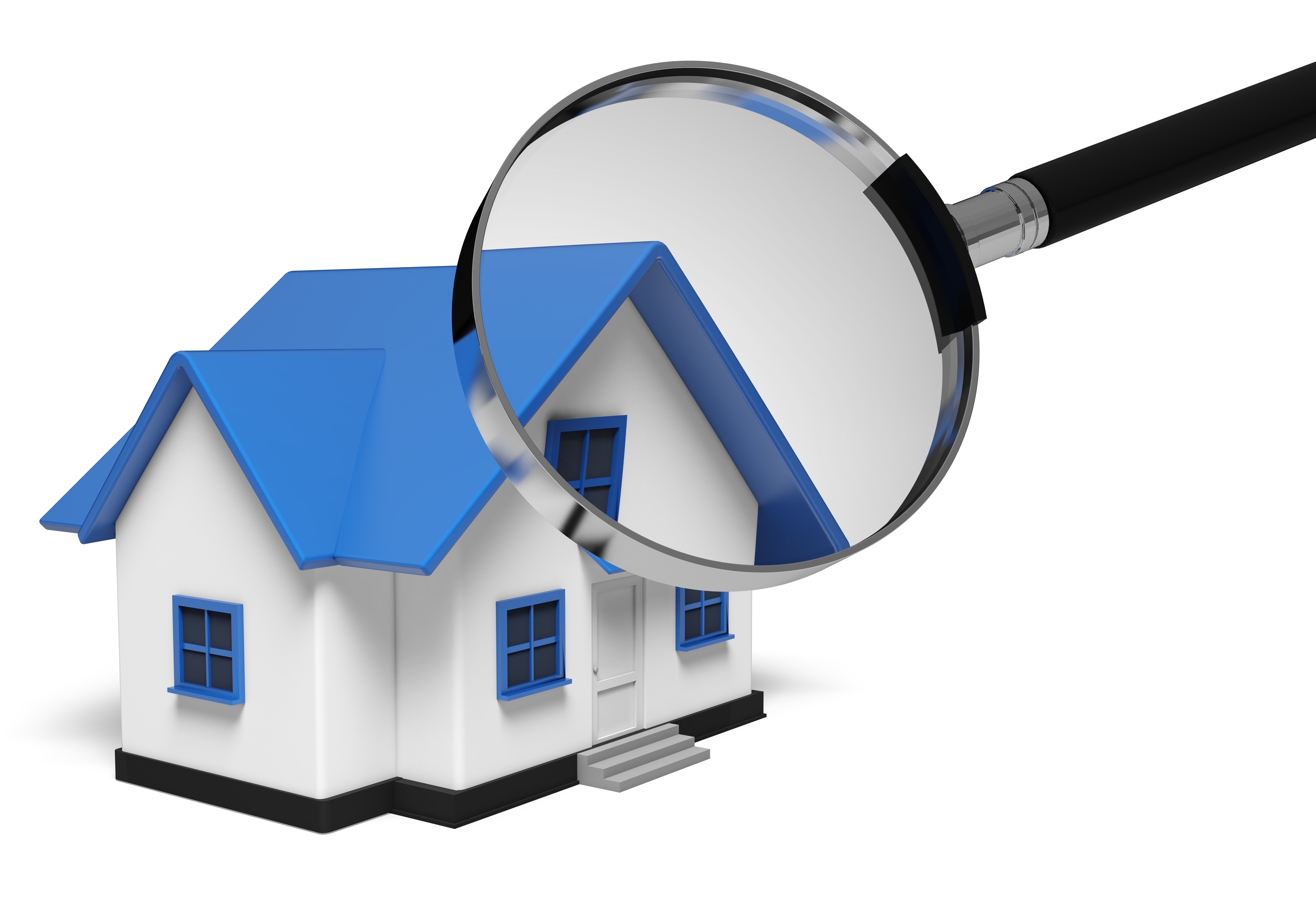
An Overview of the Appraisal ProcessBuying a house is the largest investment many people could ever make. Whether it's a main residence, a second vacation property or one of many rentals, purchasing real property is a detailed financial transaction that requires multiple parties to pull it all off. Most of the participants are quite familiar. The real estate agent is the most recognizable entity in the transaction. Then, the mortgage company provides the financial capital necessary to fund the transaction. And ensuring all requirements of the transaction are completed and that a clear title passes from the seller to the purchaser is the title company. So, what party is responsible for making sure the property is worth the purchase price? In comes the appraiser. We provide an unbiased opinion of what a buyer might expect to pay — or a seller receive — for a parcel of real estate, where both buyer and seller are informed parties. A licensed, certified, professional appraiser from a la mode will ensure, you as an interested party, are informed. Inspecting the subject propertyTo determine an accurate status of the property, it's our duty to first perform a thorough inspection. We must physically see aspects of the property, such as the number of bedrooms and bathrooms, the location, amenities, etc., to ensure they truly are there and are in the shape a reasonable person would expect them to be. To ensure the stated square footage is accurate and illustrate the layout of the home, the inspection often includes creating a sketch of the floorplan. Most importantly, we identify any obvious features - or defects - that would affect the value of the house. Next, after the inspection, an appraiser uses two or three approaches to determining the value of the property: a paired sales analysis, a replacement cost calculation, and an income approach when rental properties are prevalent. 
Replacement CostHere, we use information on local construction costs, the cost of labor and other elements to derive how much it would cost to build a property similar to the one being appraised. This value commonly sets the maximum on what a property would sell for. The cost approach is also the least used method. 
Sales ComparisonAppraisers can tell you a lot about the subdivisions in which they appraise. They thoroughly understand the value of certain features to the homeowners of that area. Then, the appraiser researches recent transactions in the vicinity and finds properties which are 'comparable' to the home in question. By assigning a dollar value to certain items such as square footage, extra bathrooms, hardwood floors, fireplaces or view lots (just to name a few), we adjust the comparable properties so that they are more accurately in line with the features of subject.
After all differences have been accounted for, the appraiser reconciles the adjusted sales prices of all the comps and then derives an opinion of what the subject could sell for. At a la mode, we are an authority when it comes to knowing the worth of real estate features in Tooele and Tooele County neighborhoods. The sales comparison approach to value is typically awarded the most importance when an appraisal is for a home purchase. Valuation Using the Income ApproachIn the case of income producing properties - rental houses for example - we may use an additional approach to value. In this case, the amount of income the property yields is taken into consideration along with income produced by comparable properties to determine the current value. The Bottom LineExamining the data from all applicable approaches, the appraiser is then ready to document an estimated market value for the subject property. It is important to note that while this amount is probably the best indication of what a house is worth, it probably will not be the price at which the property closes. There are always mitigating factors such as seller motivation, urgency or 'bidding wars' that may adjust an offer or listing price up or down. But the appraised value is often employed as a guideline for lenders who don't want to loan a buyer more money than they could recover in the event they had to put the property on the market again. At the end of the day, an appraiser from a la mode will help you get the most fair and balanced property value, so you can make profitable real estate decisions. |